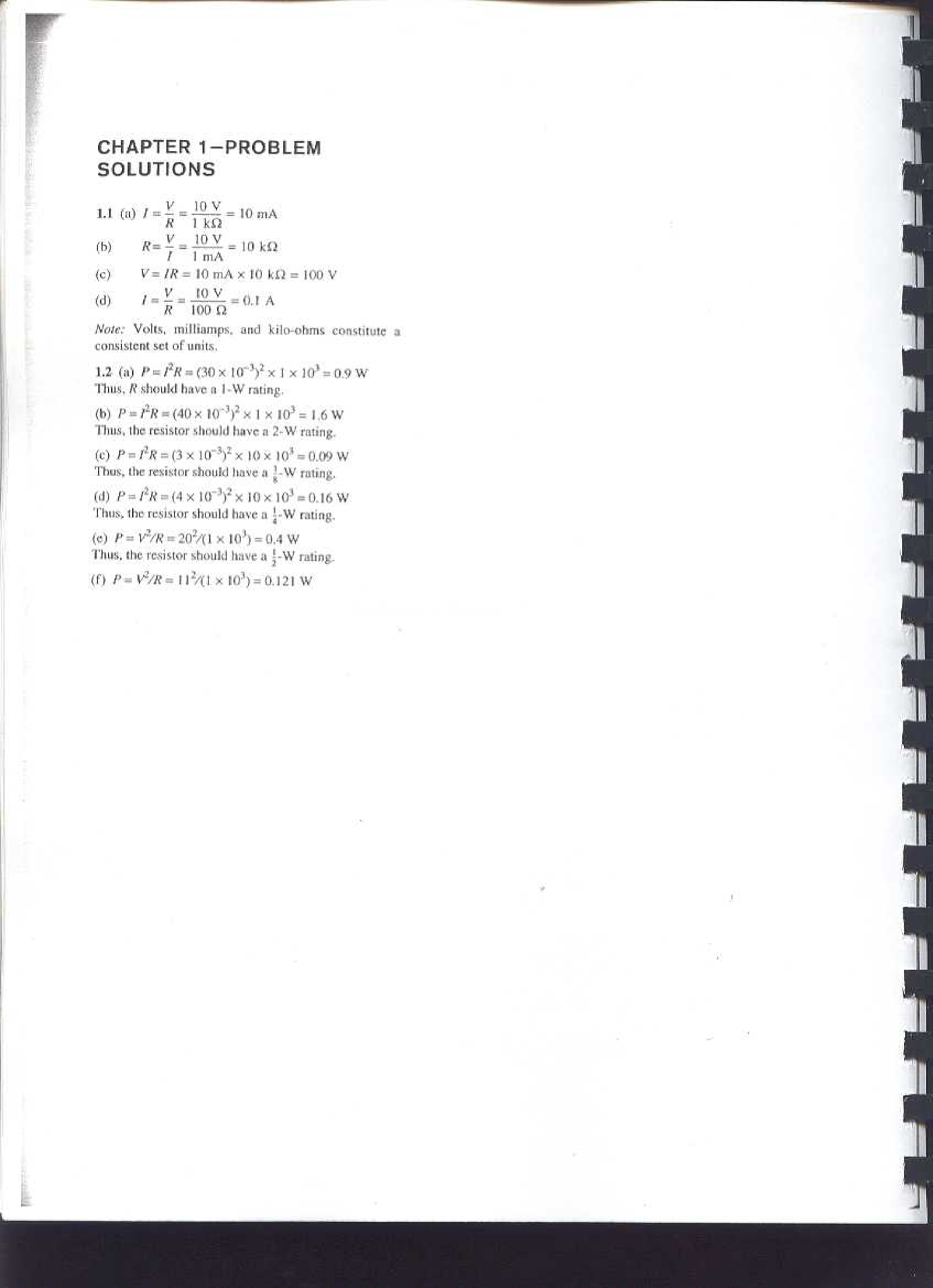Embba
Newbie

Hi, everyone. Please, I'm trying to solve an exercise at Sedra & Smith (Microelectronic circuits) 5th edition. It is the exercise 9.33 that says: "If the input bias current of an Op Amp, used as an output adder in a 10-bit digital analog converter, must not be greater than the equivalent of 1/4 of the low significative bit, what is the maximum current that must flow in Rf for an Op Amp where the bias current is 0.5 µA?"
The answer presented is 2.046 mA, but I can't have this result.
Thank you all.
The answer presented is 2.046 mA, but I can't have this result.
Thank you all.



